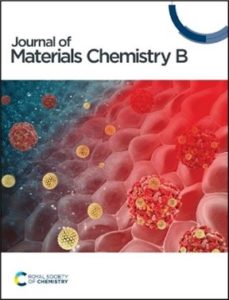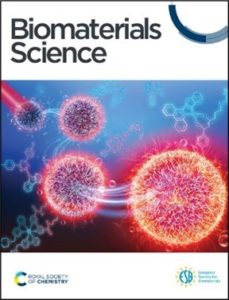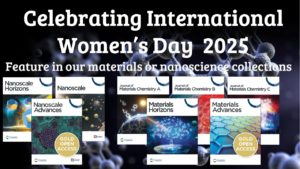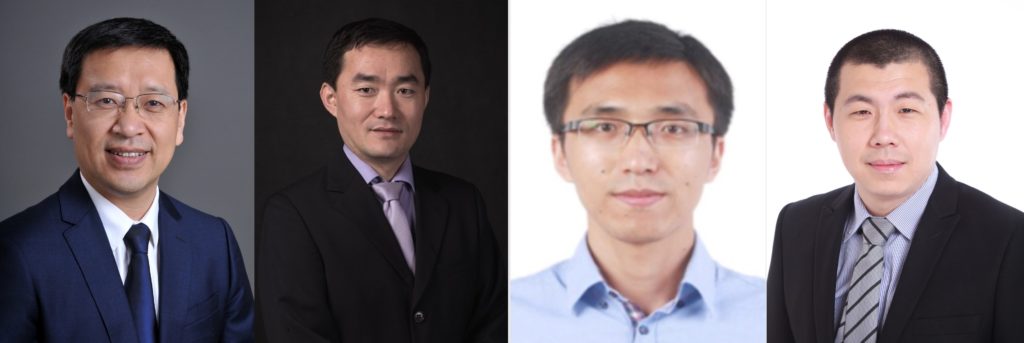Open call for papers – Materials developments in cancer therapeutics
Submit your work to this Journal of Materials Chemistry B and Biomaterials Science themed collection
Journal of Materials Chemistry B and Biomaterials Science are pleased to welcome submissions to a themed collection on materials developments of cancer therapeutics to be promoted in Autumn 2025.
Submissions deadline 29 April 2025
Given the widespread occurrence of cancer across the world, many researchers are focusing attention on ways in which we can prevent, treat and control cancer. Developments in using more targeted approaches such as gene therapy and nanomedicines, as well as general approaches such as chemotherapy, photothermal therapy and immunotherapy are all being reported to improve therapeutic response to cancer and to cause minimal side effects to unaffected regions of the body. The use of materials in developing and improving treatments is integral and as such this collection aims to collate some of the latest research developments using materials in cancer therapeutics. The broad scope of this collection across Journal of Materials Chemistry B and Biomaterials Science hopes to capture a range of timely research from the fundamentals of materials chemistry to the applications of biomaterials in diagnosing, controlling and treating cancer.
This collection is being guest edited by:
Prof. Jong Seung Kim (Korea University)
Prof. Tao Sun (Fudan University)
Prof. Qingbing Wang (Ruijin Hospital, Shanghai Jiaotong University School of Medicine)
Prof. Jennifer Cha (University of Colorado, Boulder)
 |
 |
The collection will largely involve research related to the design, construction and application of engineered materials for cancer therapy. The collection will be structured around three main themes:
- Research focusing on new materials and methods for materials design
- Fundamental materials chemistry research
- Innovative applications of materials
Topics include, but are not limited to;
- Development of cancer drug delivery materials
- New materials and applications in PDT/PTT/CDT
- Targeted drug delivery (nanomedicine, gene therapy)
- Photosensitizers
- Fluorescence biosensors
- Biomaterials in immunotherapy
- Tumour models for developing new cancer therapies
Submissions to the journal should fit within the scope of Journal of Materials Chemistry B or Biomaterials Science – Please see the journals’ webpages for more information on the journals’ scopes, standards, article types and author guidelines. We encourage you to submit your work to the journal you feel is most appropriate.
For this collection, we strongly encourage full primary research in the way of Full Papers or Communications. If you are wanting to submit a review-type article, please check with the Editorial Office first for pre-approval and to avoid topic overlap.
When ready, please submit your article directly to the submissions platform for Journal of Materials Chemistry B or Biomaterials Science where our editors will assess your submission. Please add a note in the ‘Comments to the Editor’ and ‘Themed collections’ sections of the submission mentioning this is a manuscript for the themed collection on ‘Cancer therapeutics’ and that it is in response to the ‘Open Call’.
All submissions will be subject to assessment against the journal’s usual scope and standards criteria and sent for peer review only if appropriate. Accepted articles will be published online as soon as they are ready and added to the web collection.
We look forward to receiving your submissions!












